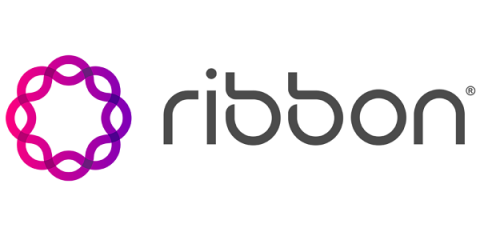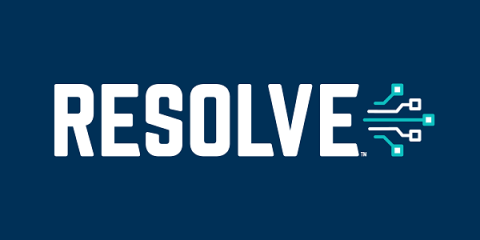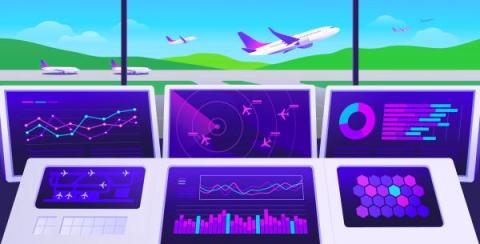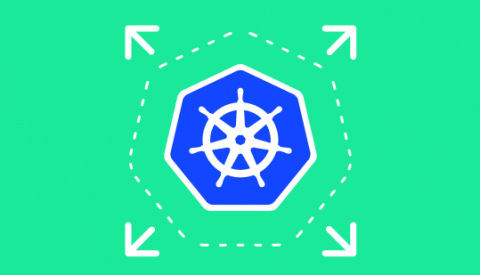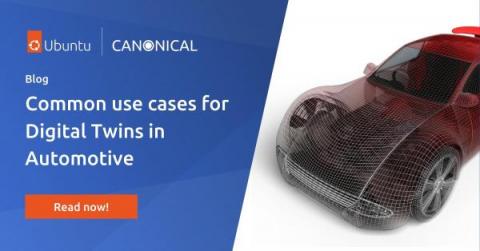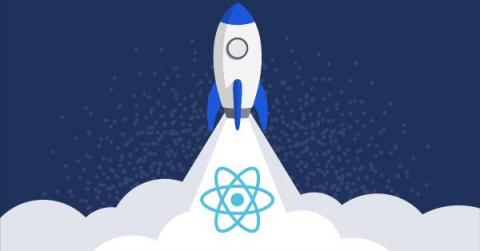Operations | Monitoring | ITSM | DevOps | Cloud
Latest News
Resolve Systems Named to Constellation ShortList for AIOps
Happy IT Professionals Day! A huge shoutout to all the IT pros
It’s the coolest day of the year again—time to honor and celebrate the people who work behind the scenes to keep our businesses running: IT professionals! Established in 2015, IT Professionals Day is celebrated each year on the third Tuesday of September to celebrate the unsung heroes of the IT world. Join us as we wish all IT pros worldwide a very happy IT professionals day! Kudos to the IT pros!
Monitor critical Datadog assets and configurations with Audit Trail
Datadog Audit Trail provides administrators and security team members visibility into how different users and teams within their organizations use and interact with various Datadog products and observability data.
How to Effectively Scale Microservices in a Cloud-Native World
Mickael Alliel 5 Min read September 20th, 2022 DevOps Kubernetes
Common use cases for digital twins in automotive
Digital twins have become somewhat of a buzzword in the past couple of years. But what exactly are they? A digital twin, as its name indicates, is a non-physical copy of a physical object. Just like a digital scan of a physical picture. This virtual element enables a real-time view of all relevant data coming from said object. Depending on the system being studied, specific sensors can be tracked and monitored.
Part 4: Causal Observability - Level 3
It’s not surprising that most failures are caused by a change somewhere in a system, such as a new code deployment, configuration change, auto-scaling activity or auto-healing event. As you investigate the root cause of an incident, the best place to start is to find what changed. To understand what change caused a problem and what effects propagated across your stack, you need to be able to see how the relationships between stack components have changed over time.
How to deploy a React app to Kubernetes using Docker
The concept of containerization helps you run applications as lightweight virtual machines. As a web developer, setting up local development environments can be tiresome. However, using tools like Docker and Kubernetes gives developers an upper hand to quickly set up and deploy applications. This guide uses Docker to deploy a React app to Kubernetes.
Grafana alerts as code: Get started with Terraform and Grafana Alerting
Alerting infrastructure is often complex, with many pieces of the pipeline that often live in different places. Scaling this across many teams and organizations is an especially challenging task. As organizations grow in size, the observability component tends to grow along with it. For example, you may have many components, each of which needs a different set of alerts. You may have several teams, each with a different channel where notifications should be delivered.


